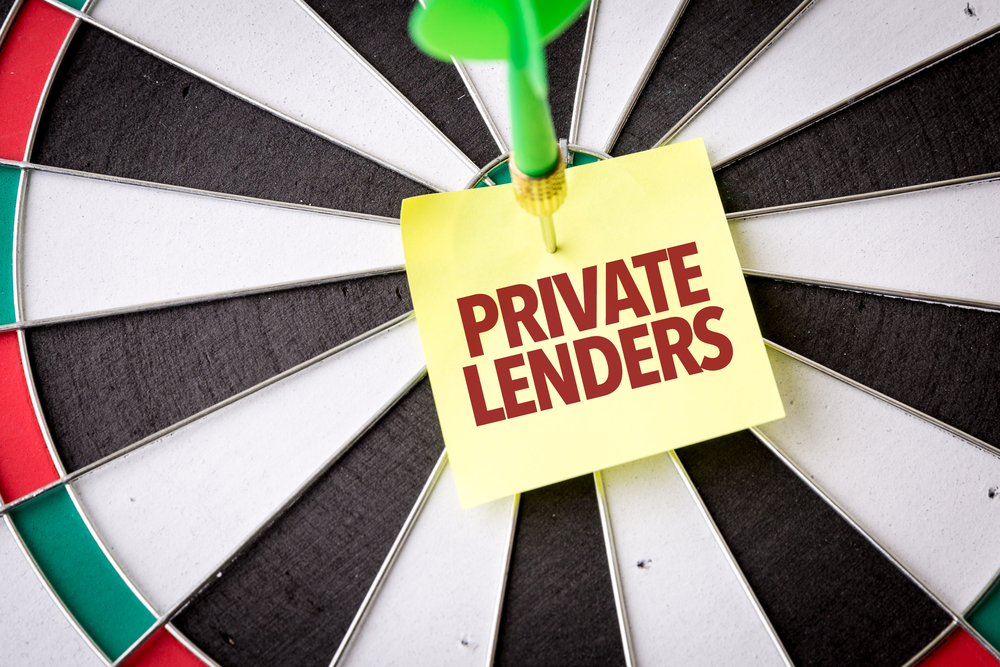Hard Money Lenders Can Help, But You Do Have To Be Wary
A lot of people are interested in using hard money lenders if they want to get a quick and easy loan for a property, particularly if it is for an investment. While these types of lenders offer fantastic opportunities, particularly for fix and flip investors, it is also important to be aware of the pros and cons of hard money loans. Unfortunately, there have been situations in which people have lost thousands by turning to these lenders.
Hard Money Loans for Investment Properties Only and Not for Homes
Hard money lenders are only interested in the value of a property, not the individual’s debt to income ratio. It is also for this reason that these loans should not be used for family homes, but only for investment properties. Unfortunately, a lot of families see these loans as a way to get on the housing ladder, in the hopes of then being able to find a better loan by the time they have to pay it off. Because there is no guarantee that this will actually happen, you should never consider a hard money solution as an alternative to a regular mortgage.
Need to Avoid Loan Sharks
In fact, even those who use a hard money lender for an investment property must put measures in place to avoid loan sharks.
Loan sharks make their money by charging very high-interest rates, which are often against usury laws. Loan sharks might use threats of violence to encourage borrowers to repay the debt. All loan sharks are hard money lenders but, fortunately, not all hard money lenders are loan sharks.
Loan sharks are a significant concern for people looking for hard money loans. At the same time, con artists presenting as lenders are a concern as well. These con artists will convince people to pay them for an administrative service, and then don’t come up with any money in return. What these people prey on are people who have fallen on hard times and are desperate for money. This is not necessarily to buy a new property either. It could be, for instance, to renovate, to pay the mortgage, or to pay for any other bill. People who have bad credit often have financial difficulties anyway, which means that they are often in even greater need for some loan to tide them over or to pay for unexpected expenses.
Not all hard money loans are a bad idea, however. In fact, in a sense, a credit card is a hard money loan, and many of us have those. There are many different types of hard money loans out there, and they serve very important purposes. However, as a consumer, you must be responsible and consider what you are borrowing, why, and who from. This is about protecting yourself, something you should do with any kind of financial product. So what are some of the different types of genuine hard money loans that you may want to consider?
1. The Mortgage Refinancing Loan
When you refinance your mortgage, you essentially take out a second loan, which you use to improve the overall value of your property. This means that, for a short period of time, you will have a different loan to value ratio for your property, which is something that many lenders do not recommend. This, in turn, is exactly what people go to hard money lenders, because they use the money for a short period of time to complete the refurbishments of their property, after which they take out a new mortgage. It is important, however, to only do this if it will save money in the long run.
Refinancing can be a great financial move if it reduces your mortgage payment, shortens the term of your loan or helps you build equity more quickly. When used carefully, it can also be a valuable tool in getting debt under control. Before you refinance, take a careful look at your financial situation.
2. The Equity Loan
The second type of hard money loan is the equity loan.
A home equity loan – or HEL – is a loan in which a borrower uses the equity of their house as collateral. These loans allow you to borrow a large lump sum amount based on the value of your home, which is determined by an appraiser, and your current equity.
Equity loans, again, are very tricky financial constructions. It also means that you lose out on the equity in your property, at least for a certain period of time. Hence, you need to think about whether or not this really is the best idea. It is tempting to take one out just because it gives you cash in your pocket with which you can do what you want, but there are significant risks associated with it as well.
3. The Bridge Loan
Last but not least, there is the bridge or bridging loan, another complex financial construction.
Bridging loans are short-term finance typically used when there is a gap between the sale and completion dates in a chain. They are also used by people buying at auction, or those who plan to own a home only for a short time – for instance, if they are buying to renovate and then sell on.
These are the most common forms of hard money loans, and perhaps the safest as well. It is with a bridge loan that someone can purchase a property if they have not sold their own yet, for instance. They also are the perfect solution for fixers and flippers. A bridge loan is designed to be only held for a short period of time, which is precisely what hard money loans were intended to do.
We continue to live in difficult financial times, which means people look for various alternatives to find a way to get money together. While hard money loans enable people to do this, they have a specific purpose, which is to help people get money together for real estate. While it may be tempting to use them for other things, you should avoid this for your own protection.
.center_container #informationFacilitiesContainer h1 { color: !important; }.tms-card-container h2, #categoryFacilitiesContainer h2 { color: !important; }.tms-button { background-color: !important; }.center_container #categoryFacilitiesContainer #categoryCardContainer .col .card-title { color: !important; }.pagination-container .pagination li a { color: !important; }.center_container #browsingFacilitiesContainer h1 { color: !important; }.center_container .tms-card-container #facilityCardContainer .card-title { color: !important; }browsingFacilitiesContainer html a { color: !important; }.qa-decor-border-red { border-bottom: 3px solid !important; }
















